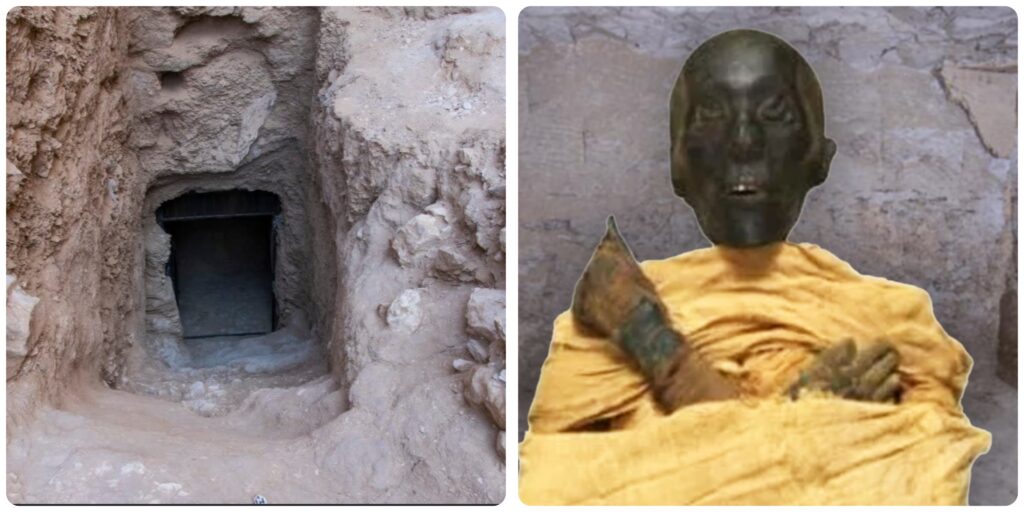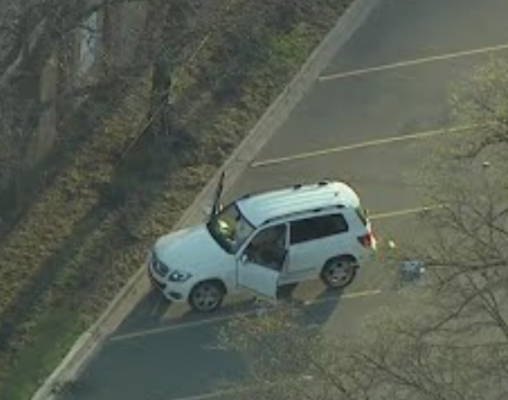
This was the last missing royal tomb of the two-century-long dynasty (c. 1550-1292 BC).
A joint Egyptian-British archaeological team made this discovery on the west bank of Luxor city, Egypt.
The pharaoh’s tomb is identified as belonging to King Thutmose II, completing the roster of known royal tombs from this influential dynasty. This was the last missing royal tomb of the two-century-long dynasty (c. 1550-1292 BC).
Interestingly, this is the first royal tomb unearthed since Howard Carter’s historic discovery of Tutankhamun’s tomb in 1922.
“This is the first time funerary furniture belonging to Thutmose II has been discovered, as no such items exist in museums worldwide,” said Mohamed Ismail Khaled, secretary-general of the Supreme Council of Antiquities (SCA).
In 2022, the SCA and the New Kingdom Research Foundation began excavating Tomb C4 located in the remote C Valley, west of Luxor. The team identified the burial site’s entrance and main corridor, which led to the identification of its occupant.
When the tomb was first discovered, its location near the tombs of Thutmose III’s wives and Queen Hatshepsut led archaeologists to believe it belonged to a royal consort (a spouse of a king).
However, further investigations and analysis of artifacts found within the tomb revealed that it was actually the burial site of King Thutmose II himself.
Within the tomb, the experts discovered fragments of alabaster jars. They bore inscriptions that included the names of both King Thutmose II and his principal wife, Queen Hatshepsut.
It is believed that Queen Hatshepsut, the king’s wife and half-sister, supervised his funeral rites.
“Despite its significance, the tomb was found in poor condition, flooded in antiquity shortly after the king’s death. Water damage caused severe deterioration, leading to the loss of many original contents, which are believed to have been relocated during ancient times,” said Mohamed Abdel Badei, head of the Ancient Egyptian Antiquities Sector and head of the mission from the Egyptian side.
The tomb has a simple layout. It doesn’t have the elaborate and complex chambers and corridors found in some later pharaonic tombs. This simplicity could be indicative of an earlier style of tomb construction in the 18th Dynasty.
However, the tomb’s second corridor is unusual. This corridor deviates from the typical tomb design of this period.
It also strangely passes through the burial chamber, well above the floor. Initially, the team mistook this chamber as a “robbers’ tunnel.”
It could have been created to protect the tomb from a flooding event sometime after Thutmose II’s burial.




